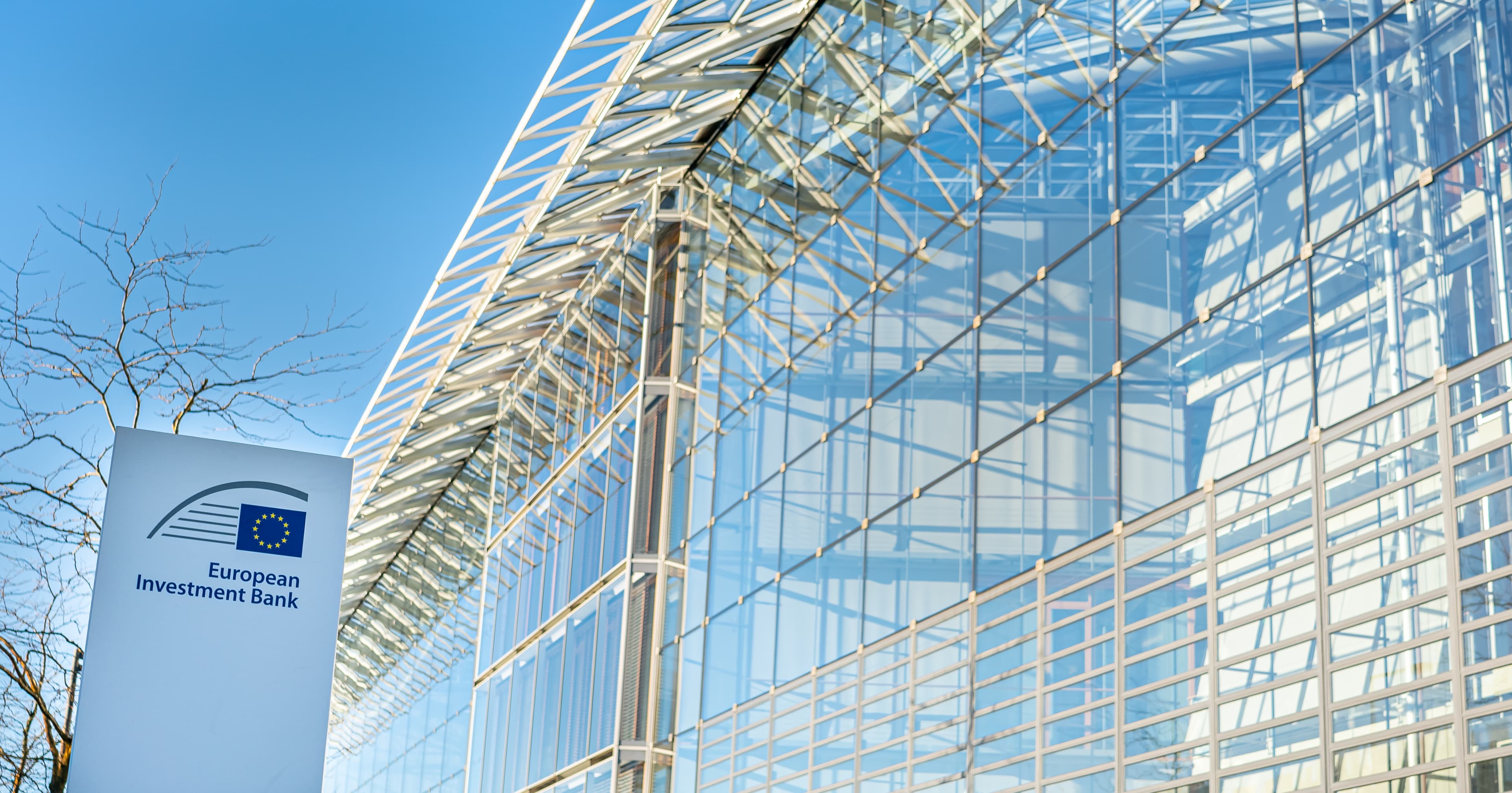The European Investment Bank, established in 1958 through the Treaty of Rome, operates as the lending institution of the European Union from its headquarters in Luxembourg City. Originally based in Brussels, the bank relocated to Luxembourg in 1968 and moved to its current Kirchberg plateau building in 1980, designed by British architect Sir Denys Lasdun.
Since its founding, the EIB has invested over one trillion euros in projects across Europe and globally. While 90 percent of its activities focus on EU member states, the institution operates in 140 countries worldwide. The bank employs approximately 3,000 people, most working at its Luxembourg headquarters.
The organization's mandate has evolved significantly from its initial focus on European infrastructure. In 1962, it gained authorization to finance projects outside the European Community, marking the beginning of its global reach. The European Investment Fund, established in 1994, expanded the bank's capacity to connect public and private financing.
Recent activities demonstrate the bank's current priorities. In 2025, EU finance ministers approved a record financing ceiling of 100 billion euros, with 3.5 percent allocated to security and defense projects, including a military base in Lithuania. The institution has launched a Water Resilience Programme targeting 40 billion euros in global water investment over three years. Current projects range from Austrian steel production technology and Danish port transformation to pharmaceutical innovation and housing renovation across Europe. The bank also finances renewable energy infrastructure, including offshore wind farms and photovoltaic installations.
